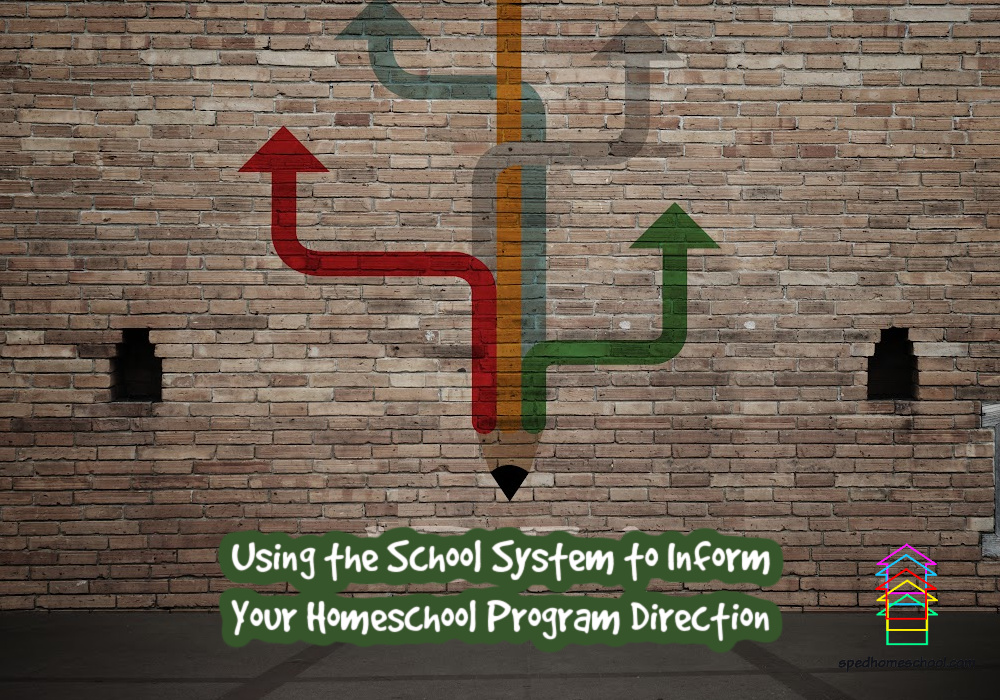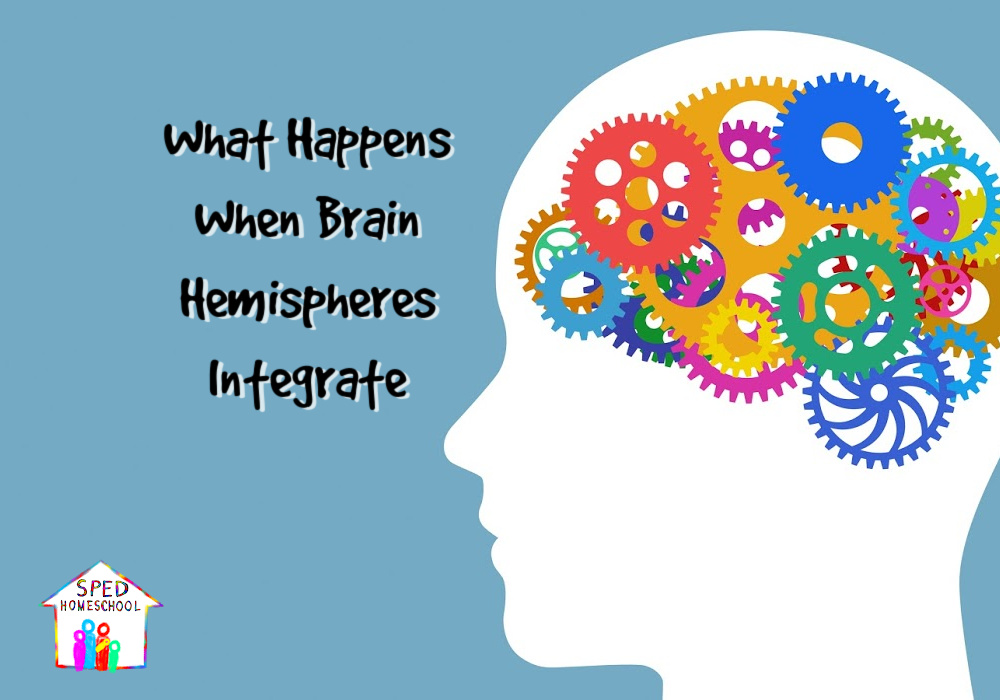
By Sarah Collins, OTR from Homeschool OT
In early 2017, my eight-year-old was hit directly in the eye with a Frisbee. He could see the Frisbee leave his friend’s hand, yet did not know that it was about to give him a swollen black-and-blue eye. This occurred around the same time that he asked me, “Mom, how do you read when the words are moving on the page?” As an occupational therapist, a specialist working with people to succeed in what they specifically want and need to do, I recognized that he clearly wasn’t able to be successful in his educational or social goals. It was time to seek help.
As homeschoolers, our children’s education is individual. We can change the pace of study to fit the needs of our family; we have curriculum options that can be purchased or altered to fit needs; and we can adjust the environment for the best time and place to reach our children. However, building a team of people to work with us and our children can be beneficial. Sometimes we can build a team, which includes doctors and therapists, with a prescription from our pediatrician, yet when our child’s struggles are specifically affecting educational performance, an IEP can be warranted. In our case, I needed more specific information to further adjust our day and be his best teacher. We contacted our public school system and formally requested educational testing.
After three full days of testing with an educational psychologist and school based occupational therapist, the diagnosis written on our son’s IEP was “reading delay, unspecified”. On a basic level, this meant that he was having difficulties and was behind the norms of his peers, although they identified no specific reason. The school outlined the need for testing accommodations, offered the option to dual enroll (homeschool while using public school services) for the Wilson Reading System instruction, and recommended OT one time per month. For us, the testing accommodations—a person reading standardized test questions to him—was the most important part. In order to receive accommodations for college entry exams, like the SAT or ACT, required proof of the accommodation need. Going through this process allowed us to document his need as early as second grade.
In our son’s case, we declined the other opportunities because: The Wilson reading program is an Orton-Gillingham approach to reading that we felt we could provide with All About Spelling and All About Reading. I based this decision on my expertise in my child; many other families have chosen the Wilson reading program within the school system and thrived. In addition, now that we had the standardized test results and my being an occupational therapist and his mother, I could use the results to develop a program for his motor skills within my home and to build his own personal outside team—a vision therapist and hockey coach. Again, this was based on my expertise in my child and on his desired occupations.
My son took part in primitive reflex integration at home and vision therapy through a private practice. While we were completing these therapies, we used only narration and my reading aloud at home, as well as focused on spelling rather than reading. He needed time to focus specifically on the underlying skills of visual scanning and convergence without the added pressure of recognizing and interpreting the written word. We carried over his vision therapy specific exercises and also set up our day to build on visual-motor skills. For example, we 1) spent a lot of time on nature hikes where I would identify something to find and he would scan the location to find the specific tree, leaf, or animal 2) set up his closet so his shirts were all hung up and he would scan left to right to locate his favorite shirt 3) make grocery store visits our weekly date where he would scan the shelves for the specific item I requested 4) track hockey pucks from a distance to close up.
Now, four years later, my son will return to the public school to retest for an IEP. He is reading large print books with glasses, yet no longer requires glasses for his everyday activities. He recently made an advanced hockey team and has no difficulty following that tiny black puck at high speeds across the ice. Most importantly, his love of nature increased and his engagement in learning never suffered.
Using the school system for specific information to inform our homeschool program helped us to build the right team to support my son in what he needed and wanted to do. If you need insight from an occupational therapist on your next steps or on how to incorporate strategies throughout your day, please contact Homeschool OT for a consultation.



